Mark first came to Vietnam in 1969 as a volunteer physician. He was among the few American doctors who voluntarily gave medical treatment to ethnic people in central Vietnam. That was how he became involved in studying the culture and collecting old artifacts of Vietnam’s ethnic groups.
In 2001, Mark’s family left New York to settle in Hanoi, Vietnam, which was chosen because of its friendly and kind people.
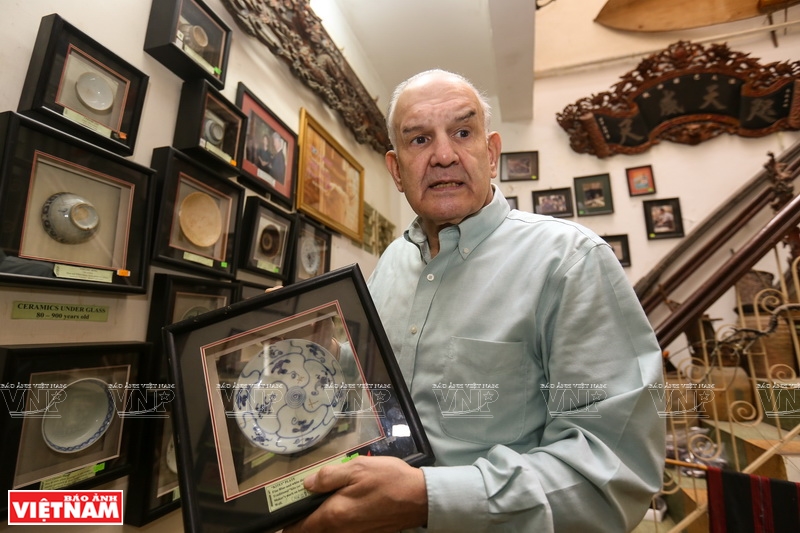
American physician Mark Rapoport first came to Vietnam in 1969. His family decided to settle in Vietnam in 2001.
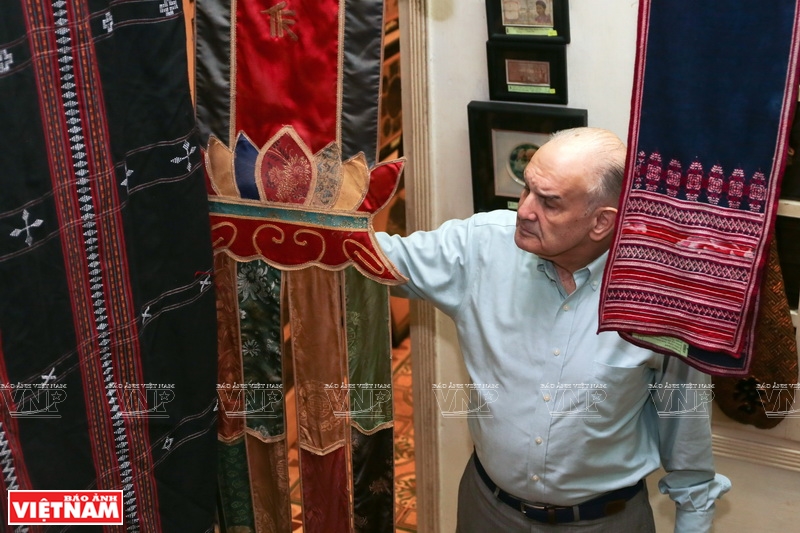
Mark’s gallery displays over 1,000 antiques of northern ethnic minorities
and hundreds of items of ethnic people in the Central Highlands.
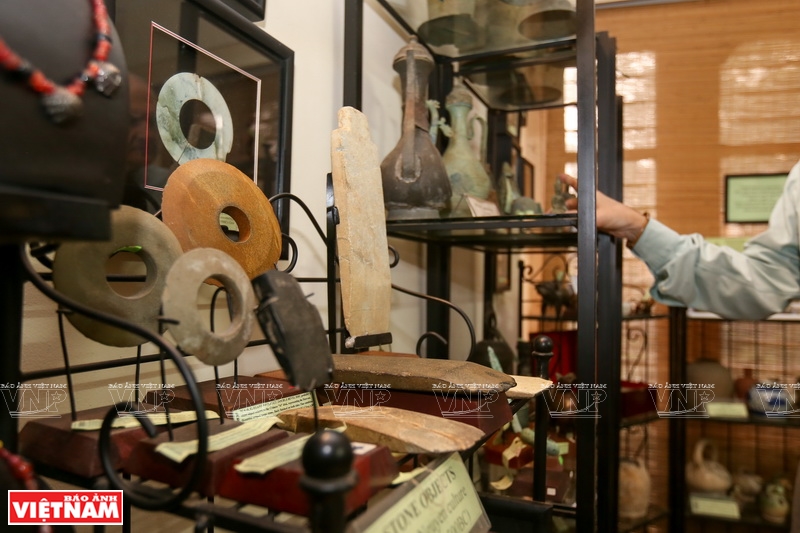
A corner of Mark’s gallery at No. 33, Hang Bun street, Hanoi.
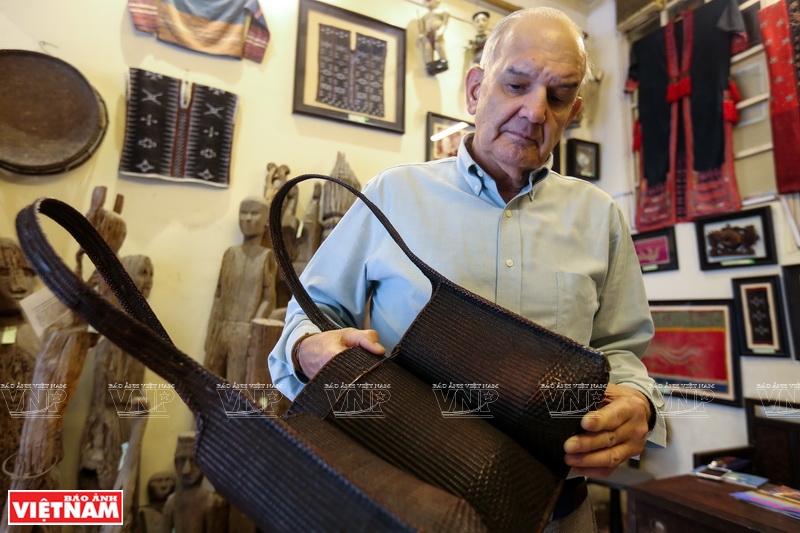
The E De’s rattan pack basket is Mark’s favorite item in his collection.

Hats of ethnic people in the northern mountainous region.

For Mark, behind each item is an interesting story which shows the depth of Vietnam’s ethnic culture. |
Mark has opened 54 Traditions, a gallery on Hang Bun street, to display his collection of over 1,000 antiques of ethnic people in north Vietnam and hundreds of items of ethnic groups in the Central Highlands.
The gallery is divided into different sections, including antiques from the Central Highlands, tribal garments, water puppetry, shamanic traditions and their tools. Each item on display is accompanied with information on its origin and the story behind it. The gallery also has documents illustrating in detail the history of the antiques.
|
In 2002, the Museum of Ethnology held an exhibition showcasing 230 items from Mark’s collection of ethnic minorities in the northern mountainous region and the Central Highlands. Mark has donated 200 antiques to the Museum of Ethnology. He has organized exhibitions on the Shaman arts of Vietnam in the US, Japan and other countries. |
The section on tools of shamans draws viewers’ attention with more than 200 items, including costumes, officiation tools and worship pictures of Dao, Nung and Mong shamans in the northern mountainous region.
“Officiation rituals preserved for centuries through generations show the ethnic identity which has not been assimilated during the changes of history,” Mark said, adding “each item has its own story which contains interesting educational elements.”
Mark regularly holds talks and exchanges on cultures of ethnic people for foreigners living in Vietnam. He also gives counseling to visitors who are interested in indigenous tourism.
In 2018, Mark, together with his wife Alison and his children Robert and Jane Hughes published a book titled “101 reasons to love living in Hanoi”. The book is distributed to foreigners for free.
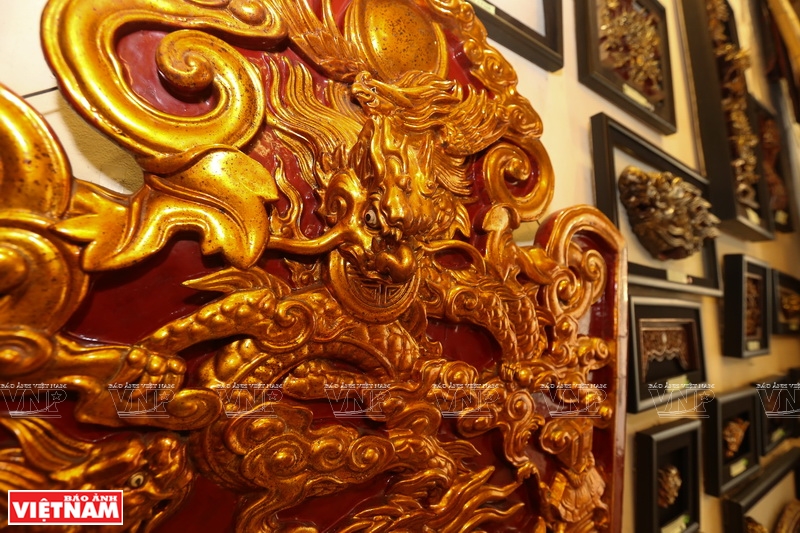
A corner showcasing a collection of Vietnamese dragons.
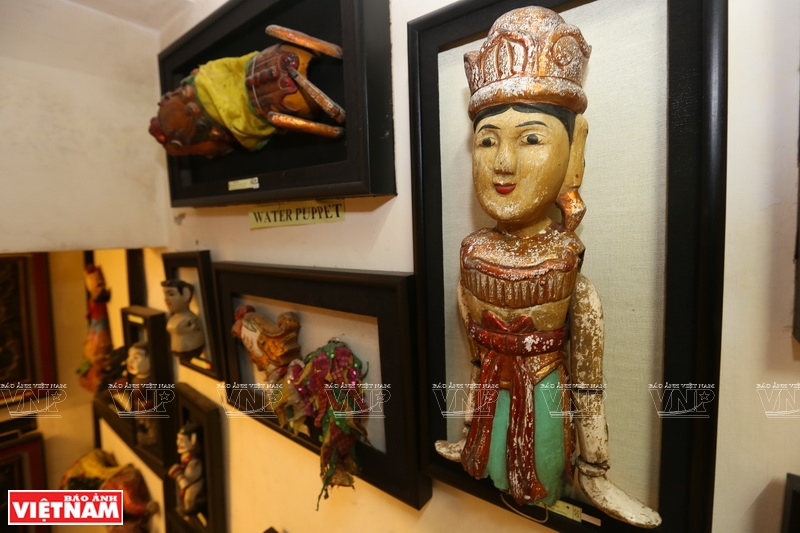
Tools used in water puppetry performances are displayed on the second floor.
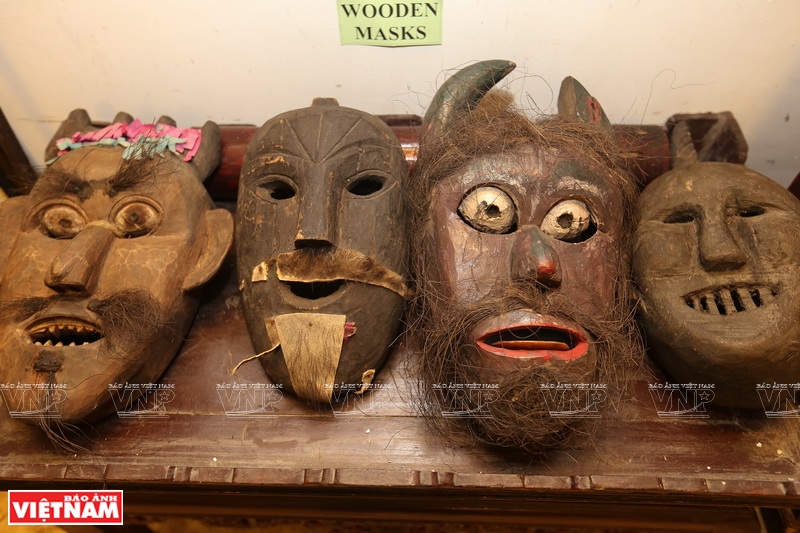
Wooden masks of ethnic people in the Central Highlands.
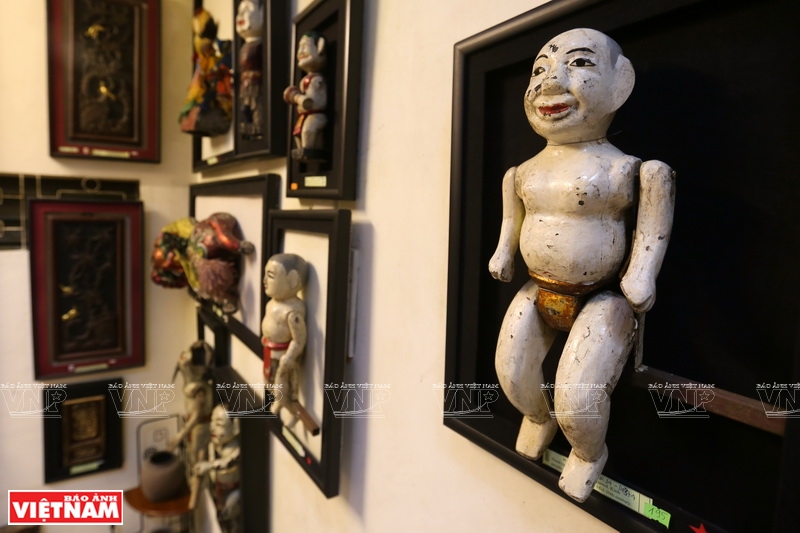
Water puppets.
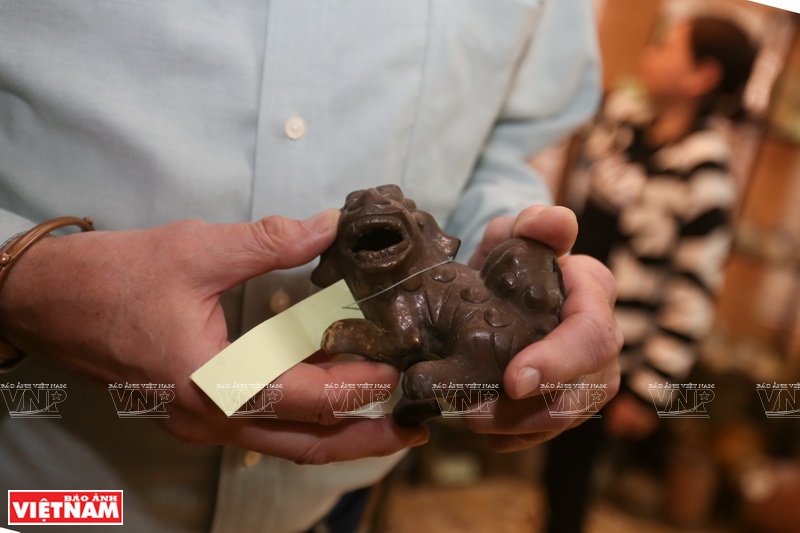
An item used in officiation rituals of the Vietnamese people.

Each item is accompanied with a brief introduction. |
|
Mark has displayed hundreds of antiques of Vietnam’s ethnic people in art museums in the US, such as the Metropolitan Museum in New York, Brooklyn and the Minger in California. He has also donated antiques to collections of US universities, including Harvard, Boston, Yale and Brown. |